August 23, 2015
Martha O'Kennon
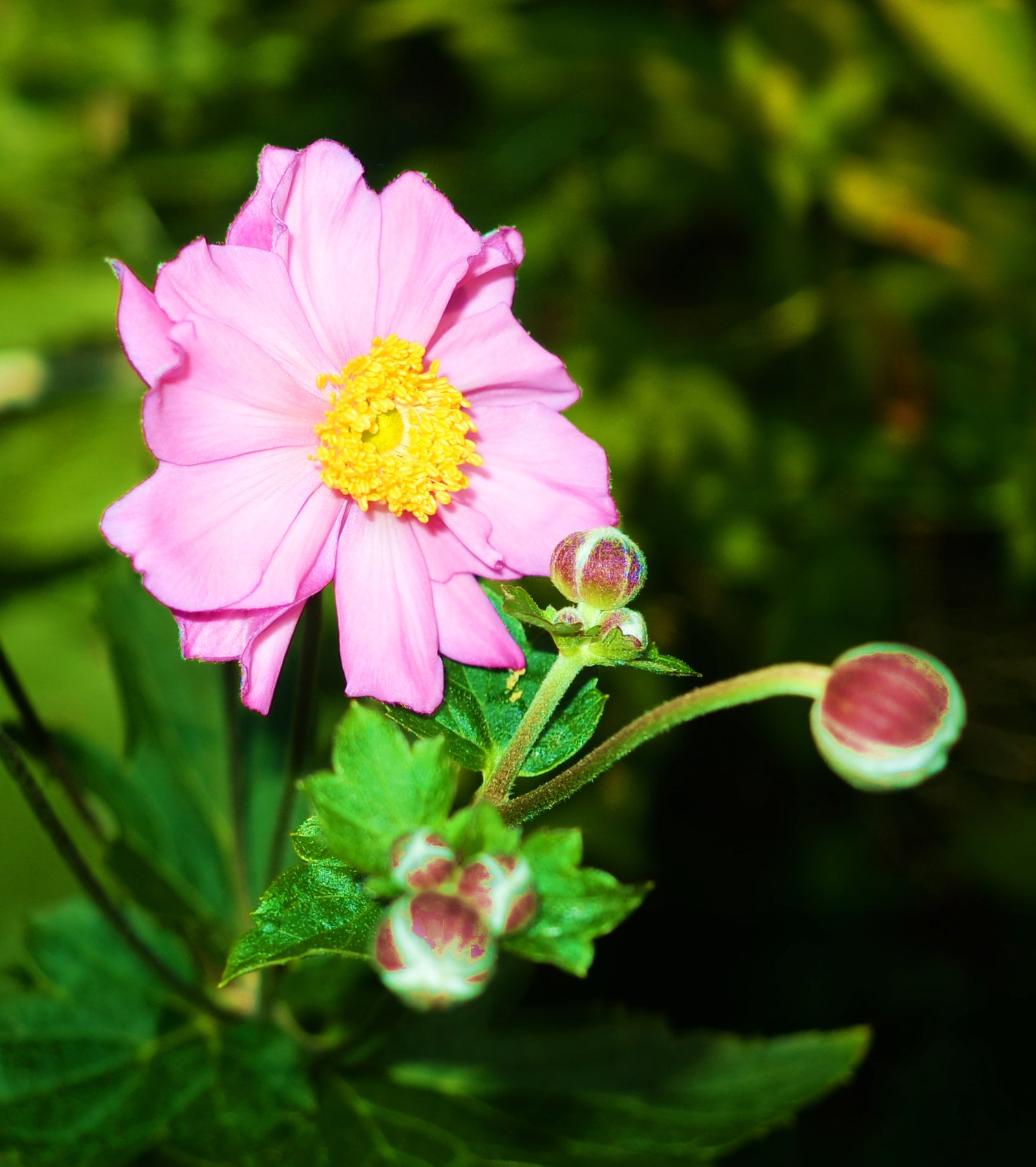
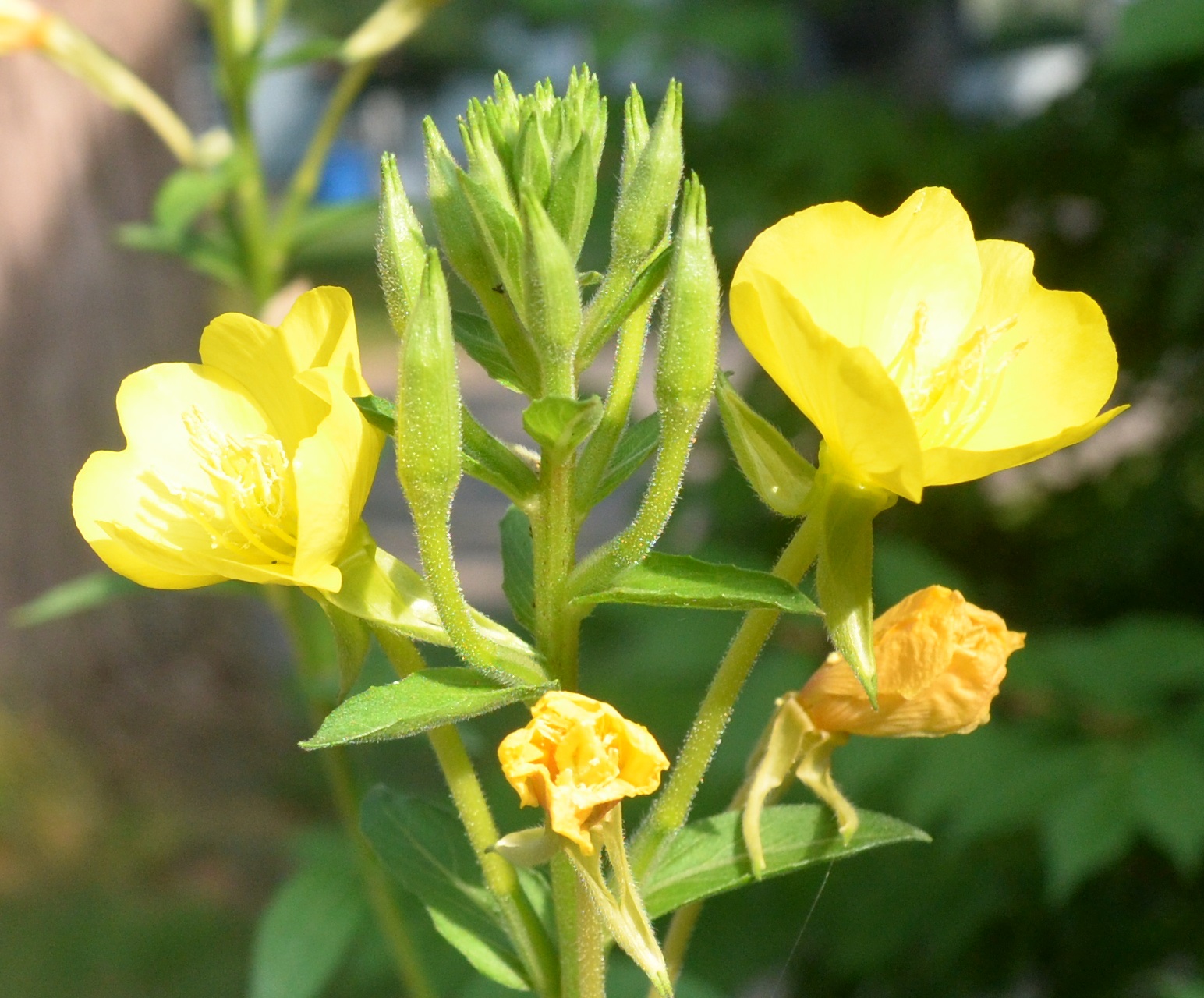
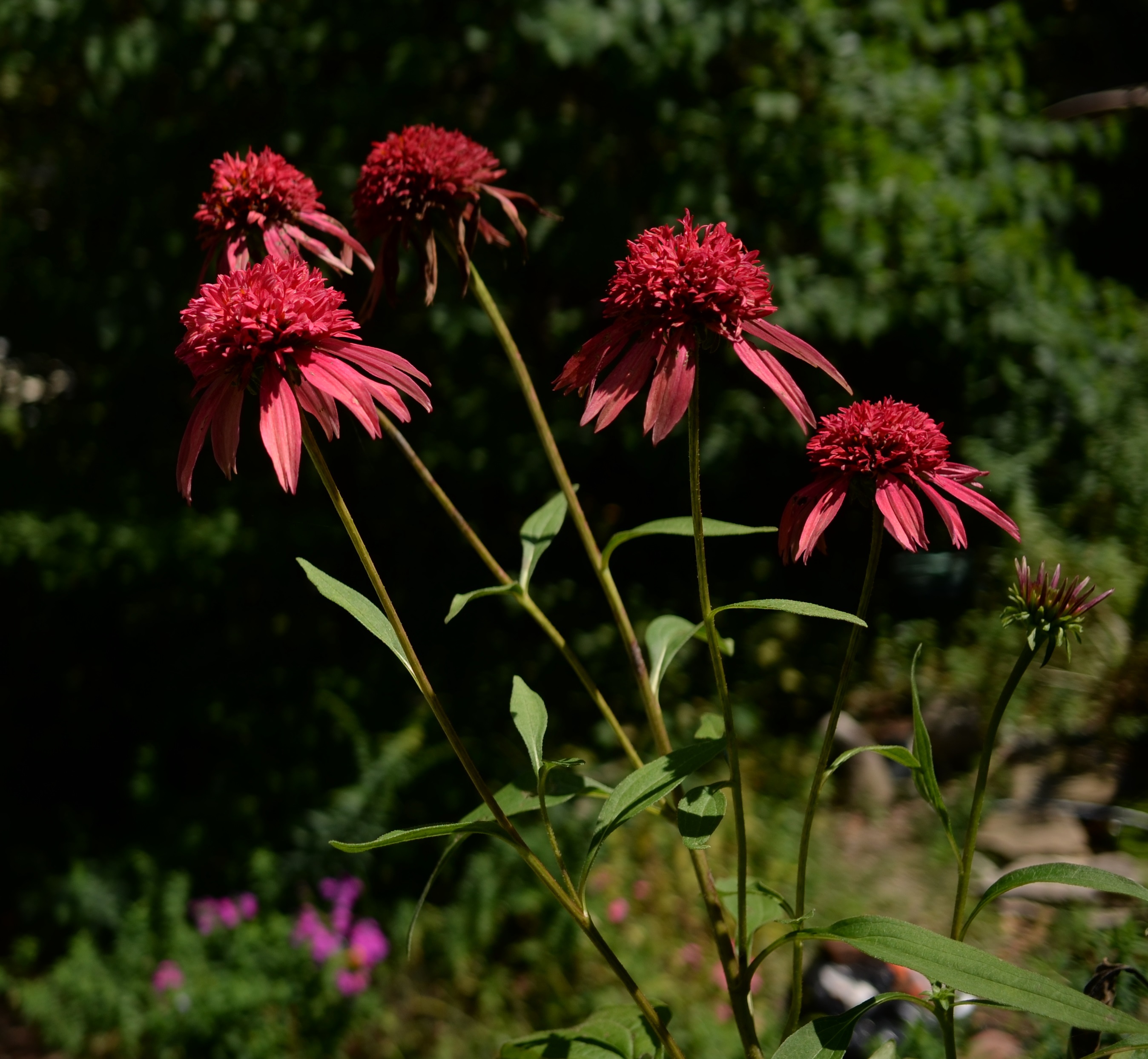
Yesterday morning was definitely more like a day in late summer/early fall: Crisp and cool, but sunny and gorgeous. But by noon it was like last week: sunny and gorgeous, and more than a bit warmer. We were supposed to have a big storm a couple of days ago, but like much of the weather in Michigan, what happened was typically localized. Often buckets of rain fall in one part of town but other sections are dry. This time one section of the yard was a bit wet while others were bone-dry. Accentuating this phenomenon, the front yard is covered by a big old maple tree and this "protected" it from rain. But meantime the asters out back have made a celebration of purple - I believe there are about 10 blossoms and they are very pretty - and the insects are starting to discover them. Too bad the blooms are in inconvenient places for me to reach, but there are going to be quite a few more before fall is underway. A few bits of yellow goldenrod are also attracting customers. Above are the Japanese anemone, common evening primrose and one of the pots of coneflowers I had bought (and not planted because the escargot would just have eaten it to the roots). The primrose puts on a show like Old Faithful out in Yellowstone. If you go out about 9:00 pm, and stare at one of the ready-to-expand buds, you may see a slight quiver and then - snap - the blossom is wide open!
Remember that there is information in the name of the file for each image. You can see it by mousing over the image - look at the lower left of the screen.
Or you can click on the image to get to the (usually) larger image. Then the info is displayed in the address line above. If the image has been cropped
so that clicking on it doesn't result in a larger picture, you can always hit control plus at the same time to increase the size.
I know how excited you must be to see what the baby imperials are doing this week. For one thing they have now all had their fourth moult, and some are so long it took three quarters this time to measure them. The last little "runt" is no more, but that leaves us with so many hungry caterpillars that I shared them out - ten cats to one of the "neighborhood kids" who by this afternoon will be an Albion student. She and her sister hold a record of raising luna moth caterpillars to pupa-hood, and I'm sure they will manage with some of these guys. The other excitement was a feeling of disappointment when I looked at "greenie" right after its last moult and saw that it had emerged not its usual brilliant green color, but dark green, as it turned browner and browner over the next few days. So: the first image is the quarter-built regular colored caterpillar, next is greenie with the enormous green skin it had just sloughed off, and its strange "dark green" new clothes, and last is greenie's new color a day later. In case you can't find the cast-off skin in picture 2, click on the picture and the skin is circled. I haven't read up on the last steps of raising Imperials to pupa status, but I suspect that the end could come this week or next. They are puffing up like nice sausages. I suppose they need a lot of fat to complete their transformation in the spring. I can't wait.
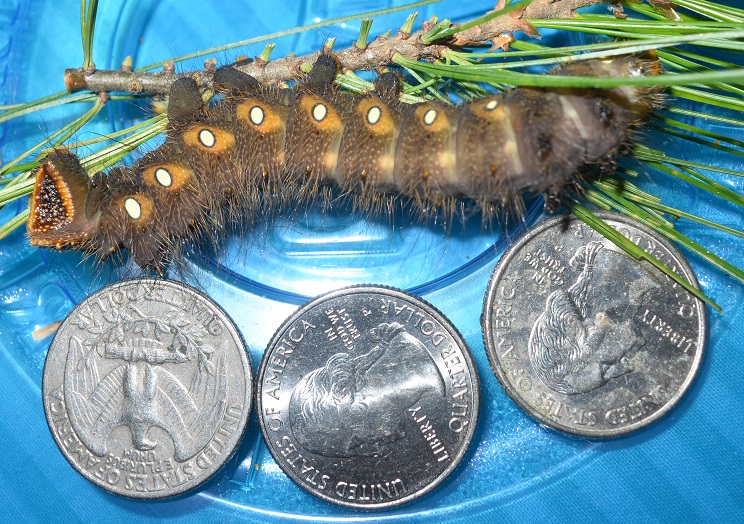
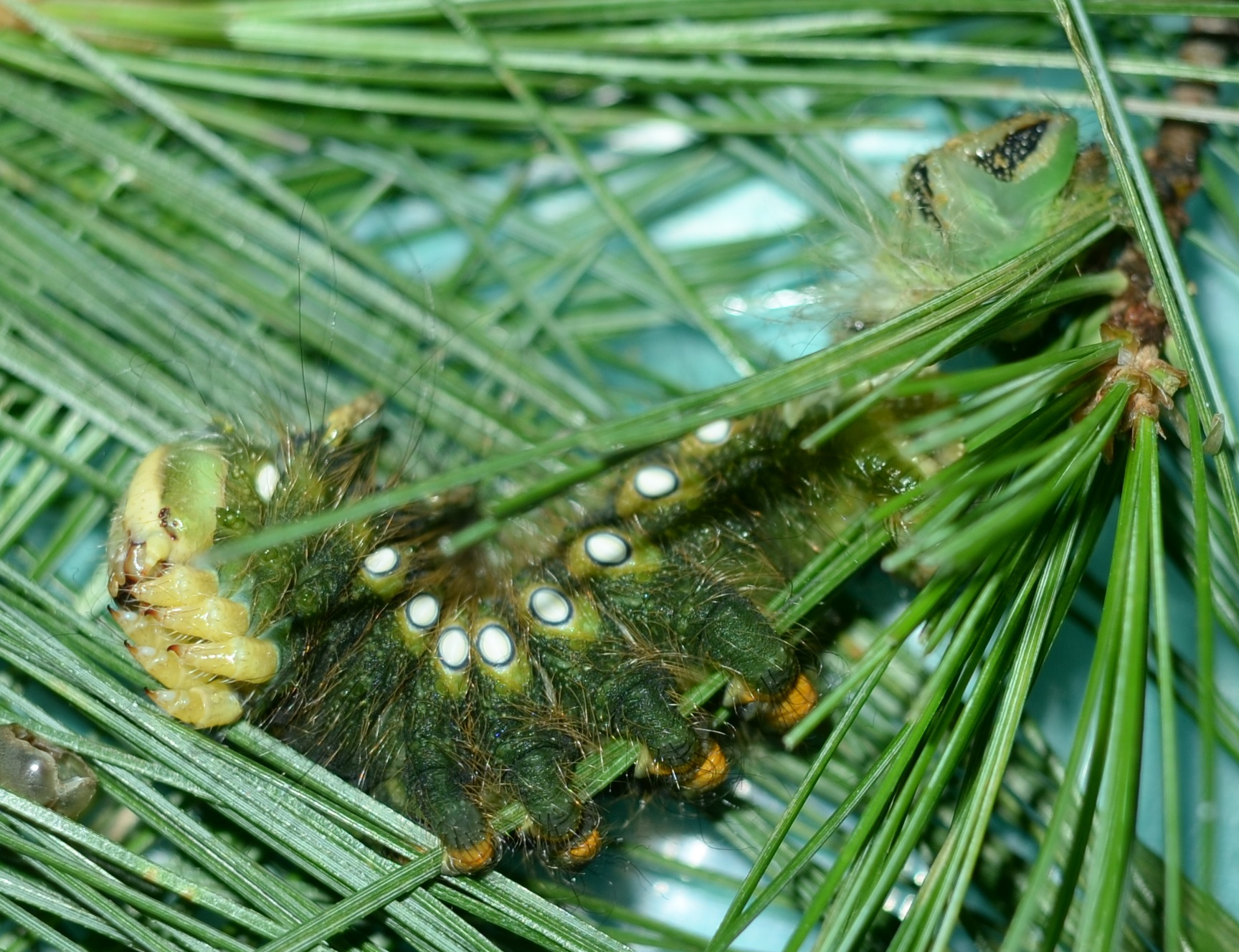
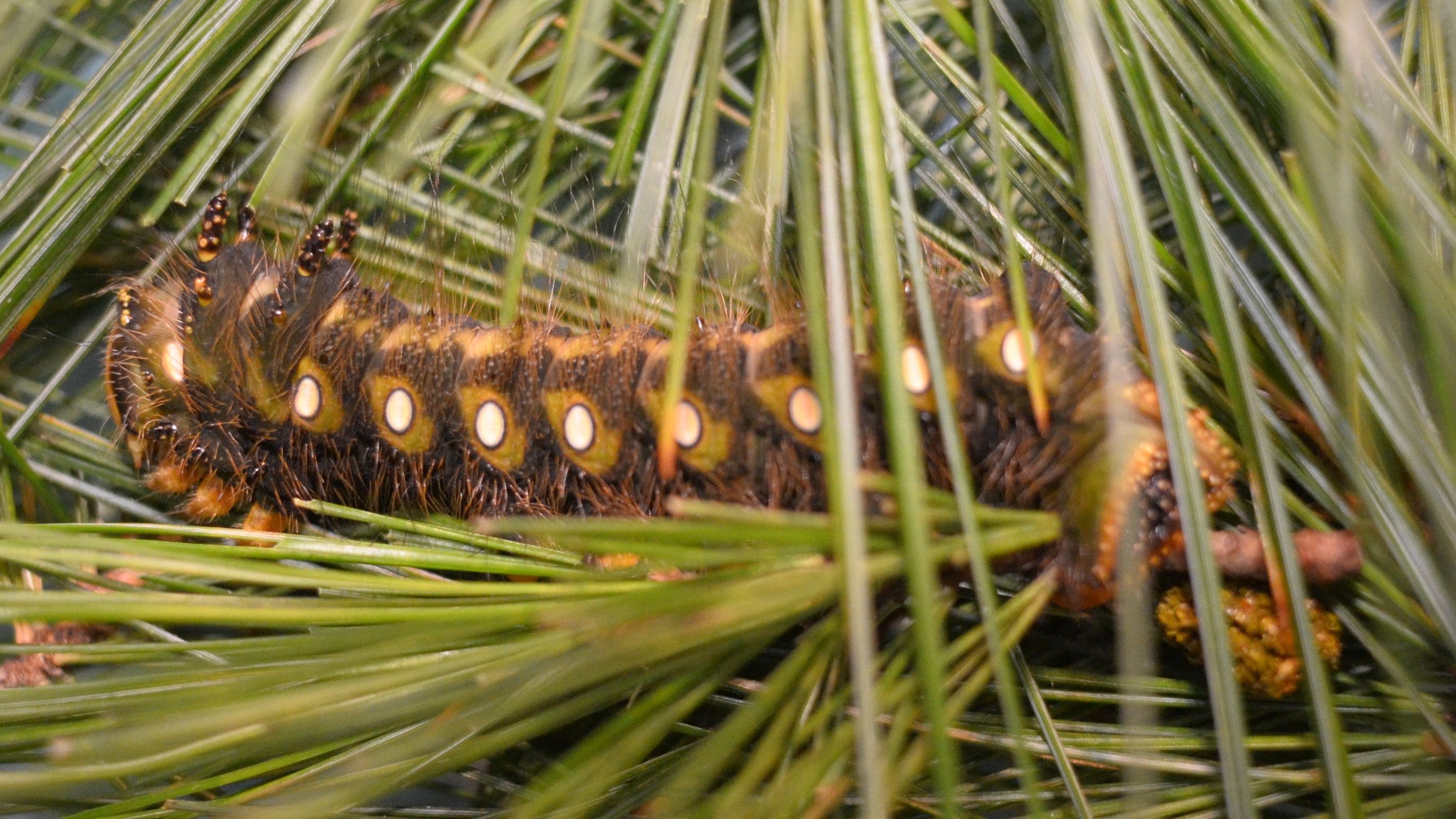
Can you imagine, I made a mistake in last week's blog!! There I showed the picture of the early nymph of the green stink bug and then the later nymph, which I said was the adult. Today's is more nearly correct. I had wondered why both the exotic-looking bug was called the green stink bug, when there is already a "green stink bug", which is a bright leaf-green all over. Here they are again: the early nymph, from August 9, the later fancy nymph from July 27, and the adult seen this past week. Sorry to confuse you (and myself). The rusty brown stink bug from last week is still here, this particular one being made into a wrap by a common house spider.



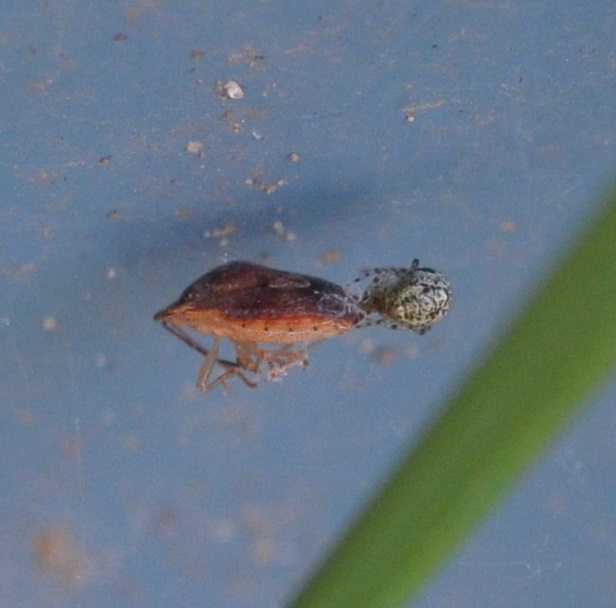
You know how fascinated I am by the variety of leafhoppers and treehoppers. These first two images are dorsal and side views of the same little leafhopper. The weed patch seems overrun by the long green one, and I found this one, which might belong to the category of resembling a silk-screened flowery pattern, in the redbud tree.


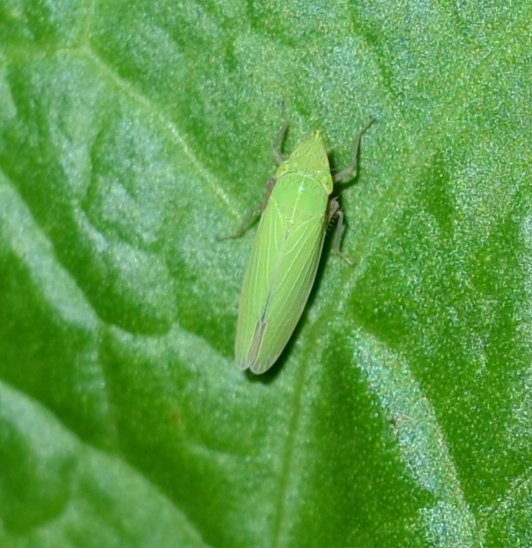
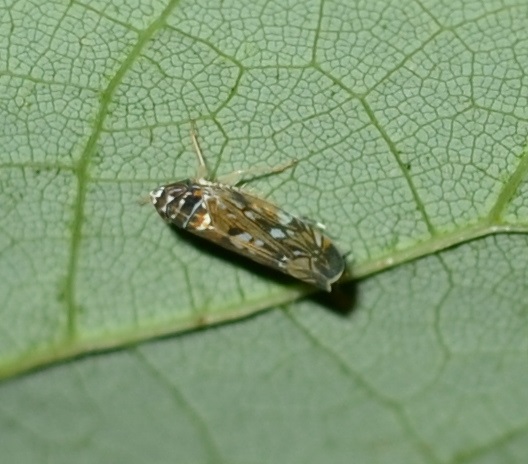
Of course the red and aqua candystriped leafhopper was everywhere, here seen cocking its jumping apparatus. So was that spittlebug which may or may not be the alder spittlebug. But the pretty pink and white one was new to me.
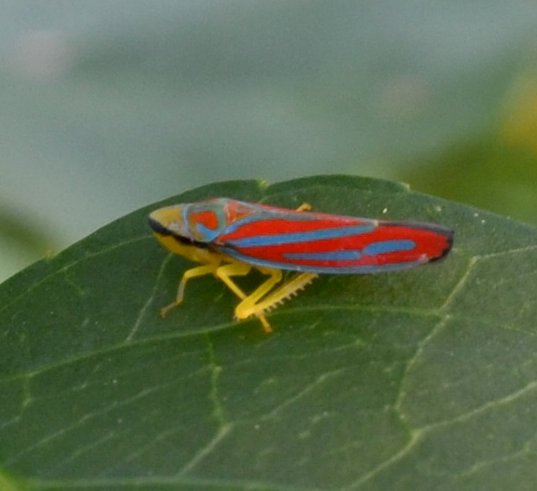
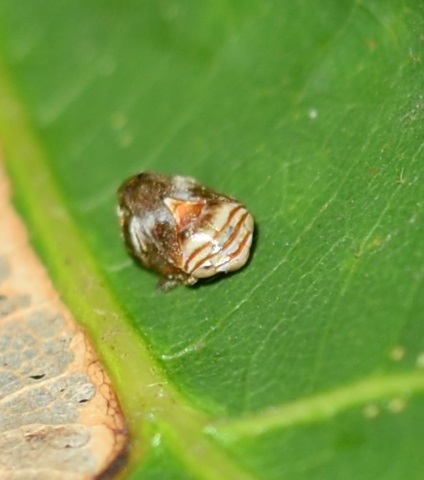
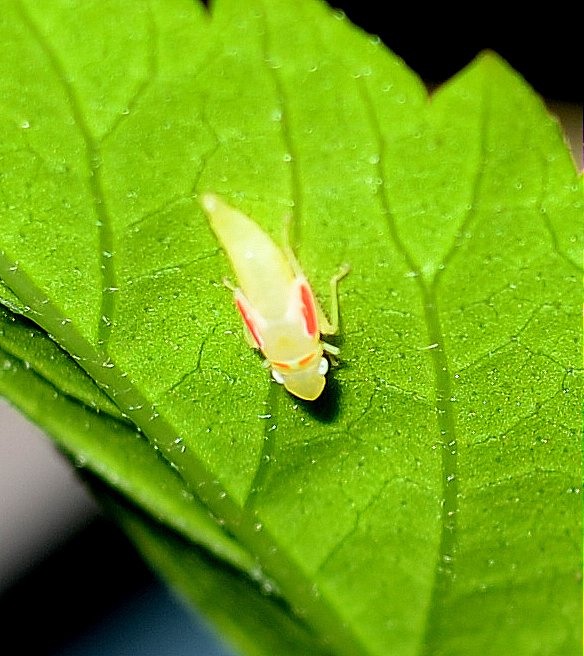
As for the treehoppers, I didn't see a live buffalo treehopper all last week. The others seem to be moving to new territory. Now the two-mark, usually a denizen of the redbud, is seen on a zinnia. The one I think is Entylia carinata has hopped onto the newly flowering goldenrod. As I walked past the huge thistle where they are usually to be seen, all I saw was brown leaves curled and sad. One leaf seemed to hang in a particularly poignant vertical droop. This is another of the ones that only register as you are turned to leave. What was that strange droopy thing? Why, it was the biggest dragonfly I've seen this year, the shadow darner! I have to wonder if this dragonfly had been feasting on the Entylia. At any rate, they will have to go somewhere as the thistle is nearing its end.


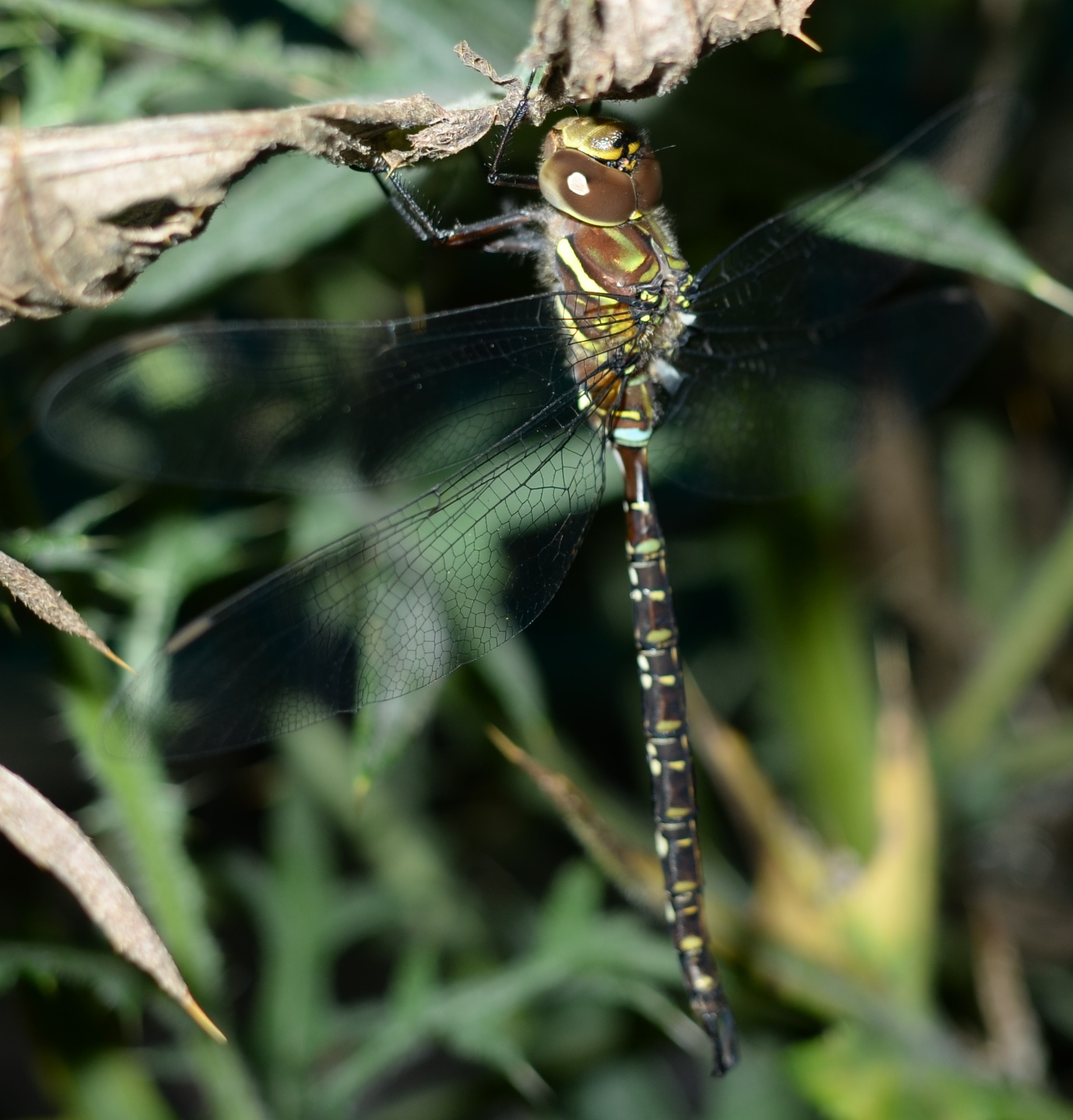
The flies are about the same cast of characters as usual. Here are a mosquito, just lying in wait for me, I suppose; a hover fly, which had been touching its tail to the petal of another flower over and over again - maybe in the process of laying eggs; a beautifully iridescent long-legged fly; and another mystery fly, shaped much like a long-legged one. There were also the usuals: crane flies, scorpion flies, oh all right, here is a picture-winged one.

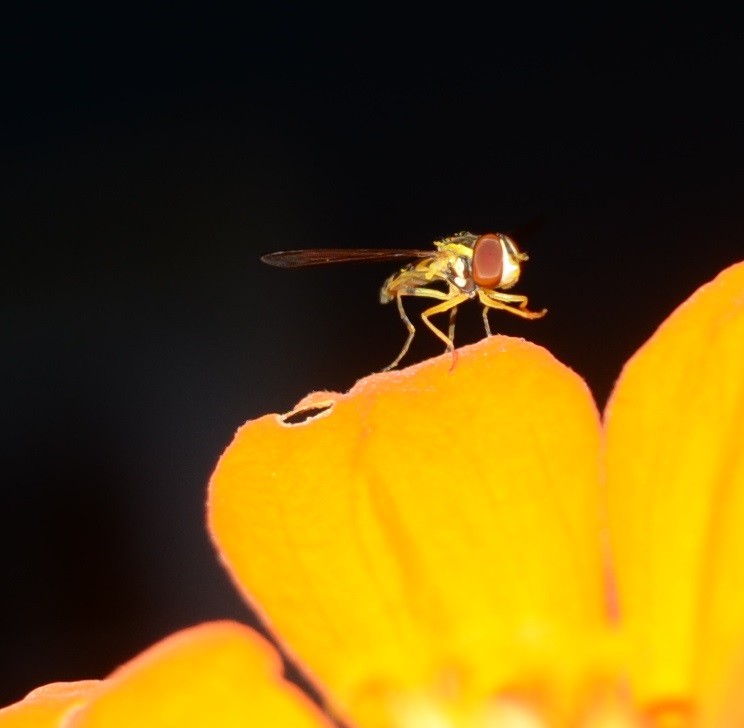
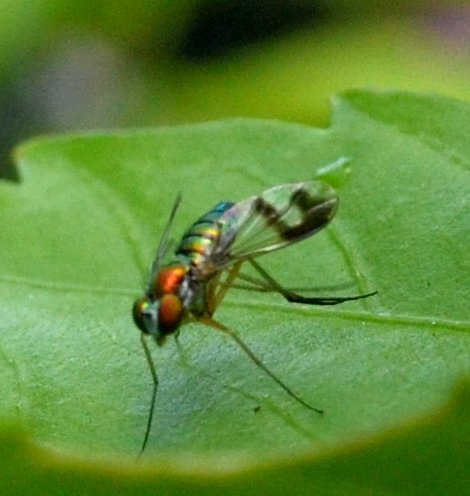
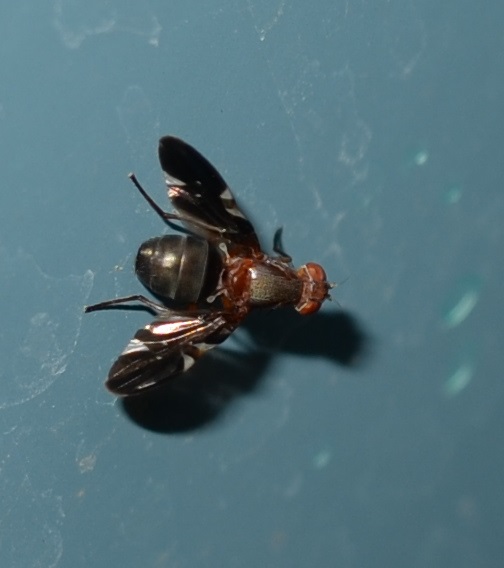
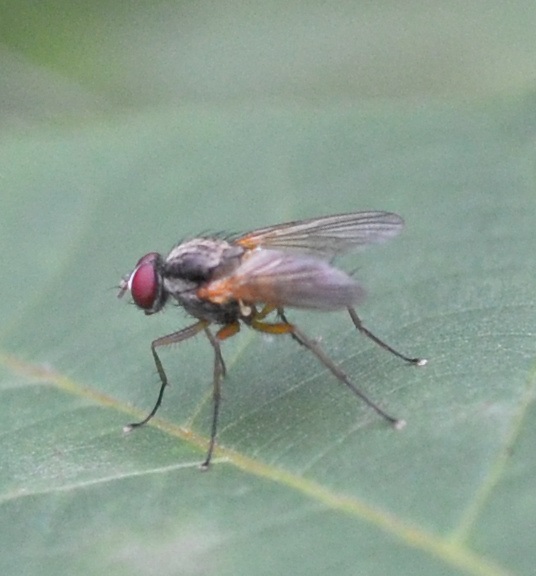
Over at the pond, the fishes play in the wake of a water spout. First are Fanny and her consort Callie (who is only visible by his tail); the pond itself with two pink and one yellow lily blooming; and the big surprise: This little orange and black fish must have been born in the pond earlier this year.
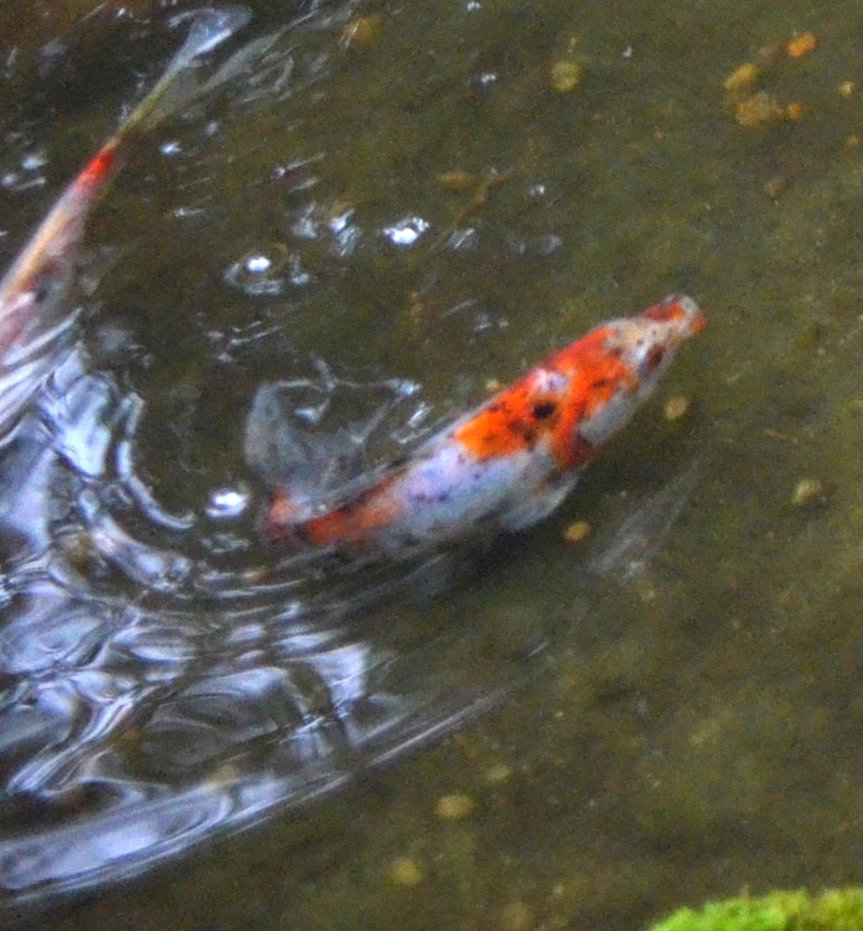
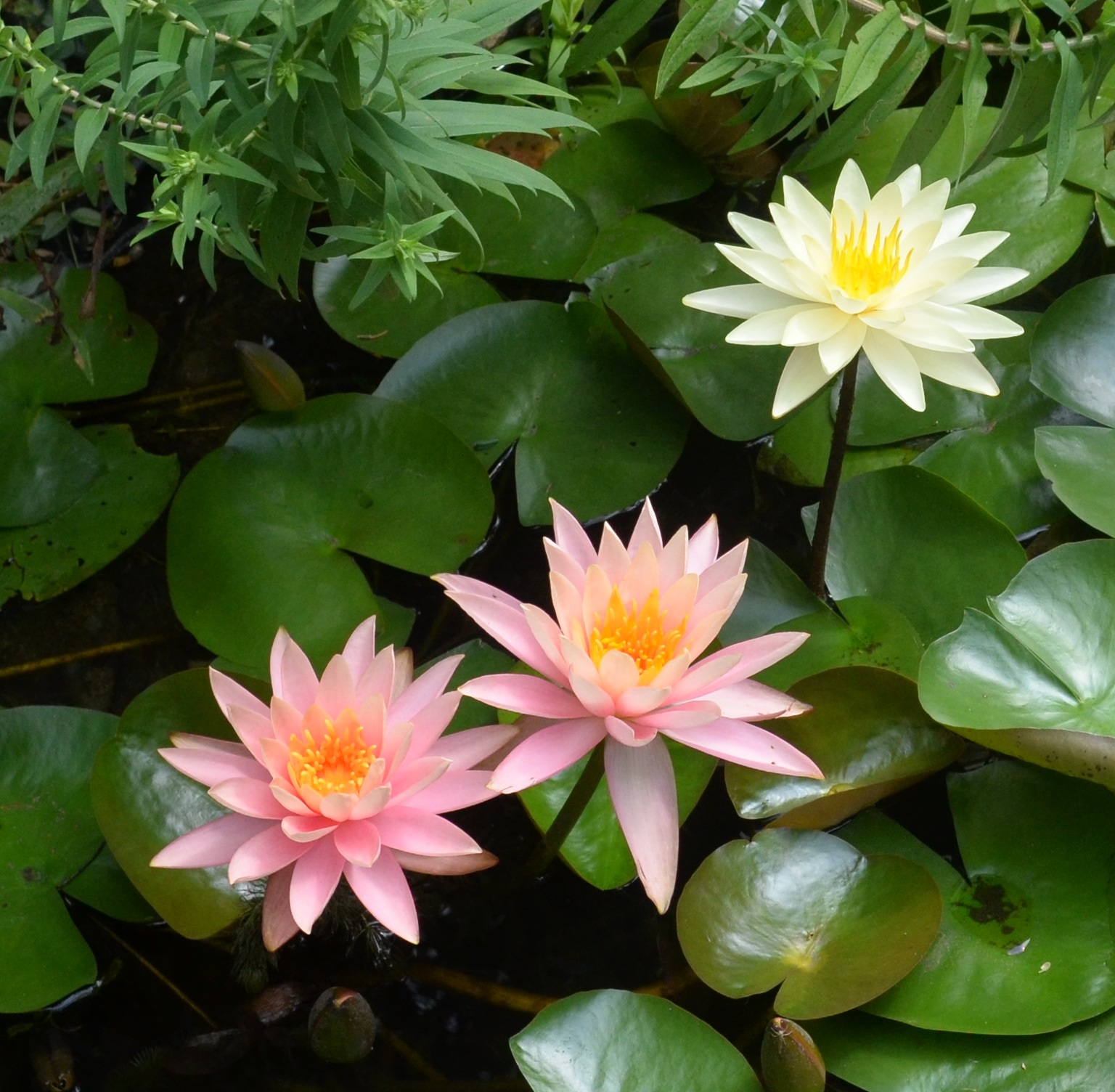
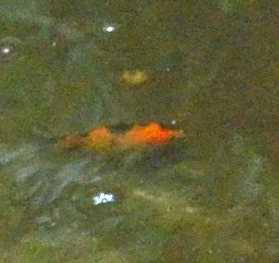
There were a number of hymenoptera that I haven't yet been able to identify. Here is an ichneumon-like thing with the longest ovipositor I ever saw, followed by what I thought was the tiniest bee or wasp around, but then this really really tiny bee or wasp kept nosing around this clutch of mystery eggs. I saw an example in Bugguide where the eggs were stink bug eggs, and the tiny wasp was said to be parasitizing the eggs, which I assume means laying wasp eggs in the stink bug eggs, so that when the baby wasps are born, they will have a ready supply of stink bug embryonic tissues. The fourth image is of a small wasp with markings that don't go all the way around the abdomen. There is one result if you search for "small wasp" in Bugguide. It is called Bicyrtes quadrifasciatus, but in that picture the markings seem to be white, not yellow. Let me know if you perceive the markings as white, but they still look yellow to me. In the last picture on this row, I've just learned that this wasp is most likely a ground hornet, Vespula vidua. That means I must be even more careful while walking in the back yard. There surely do seem to be a great number of wasps underfoot. Eek!
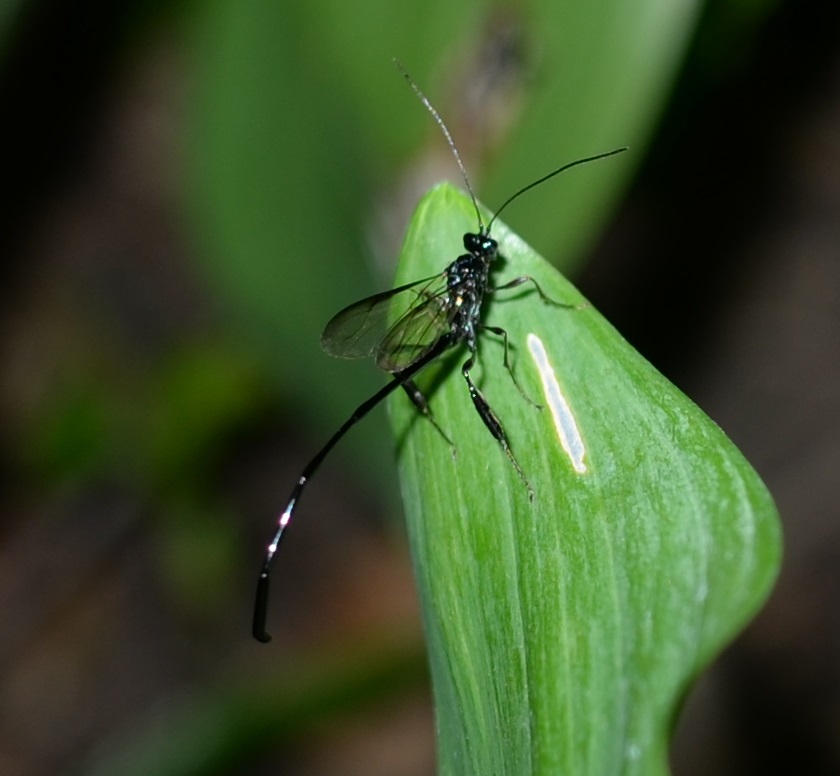
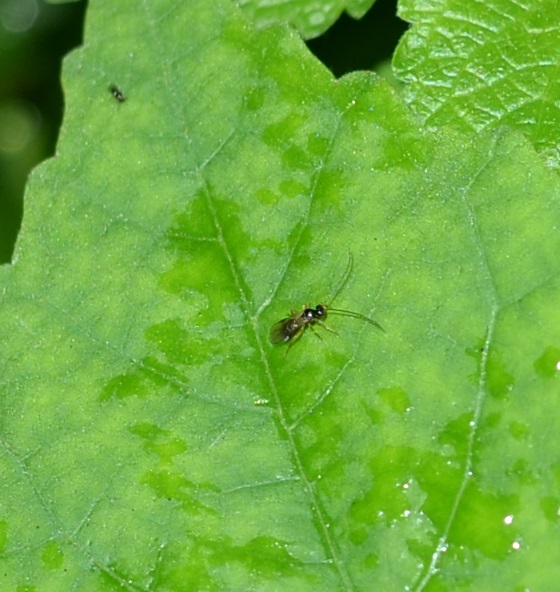
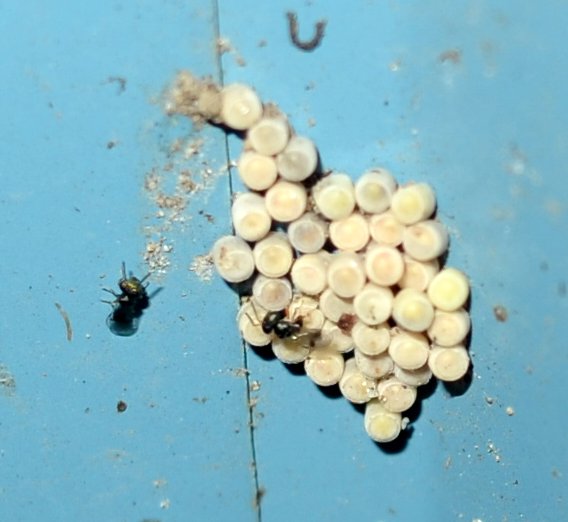
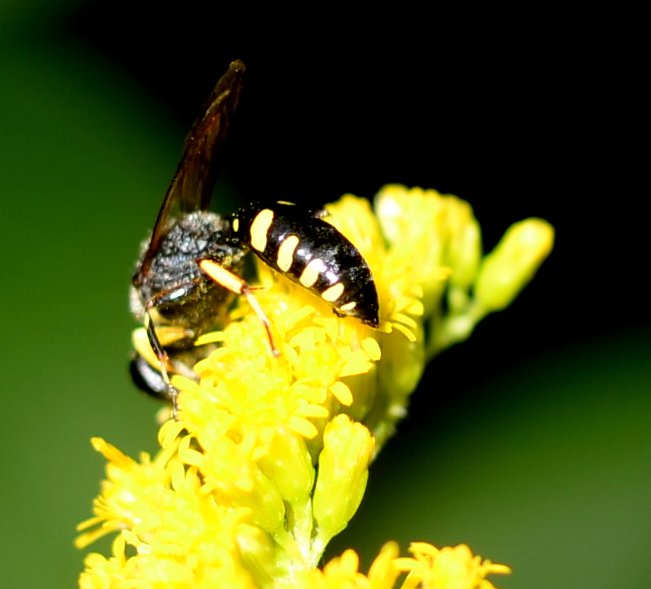
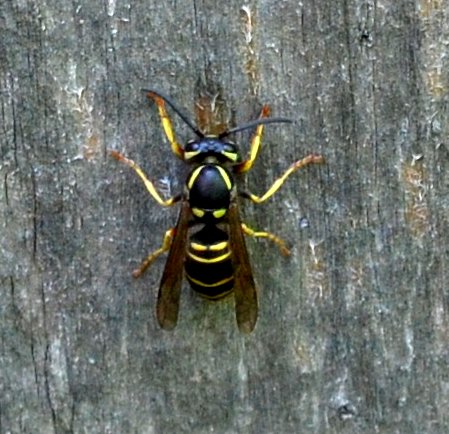
I only spotted one exemplar of the Orthoptera, this little grasshopper which was sitting on an aster stem. Look how the greyish brown markings and the green ones confuse the eye. The greyish brown blends in with the stem while the green back and legs resembles leaves. I certainly didn't see it until I heard it plop down after jumping. Then I was able to see the little fellow. Another thing that I only saw one of is this tiny whitish mayfly.
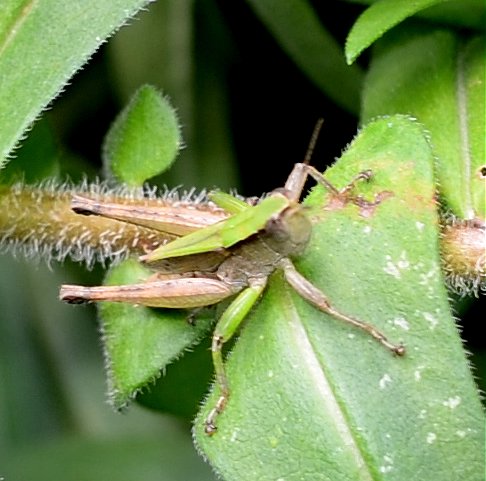
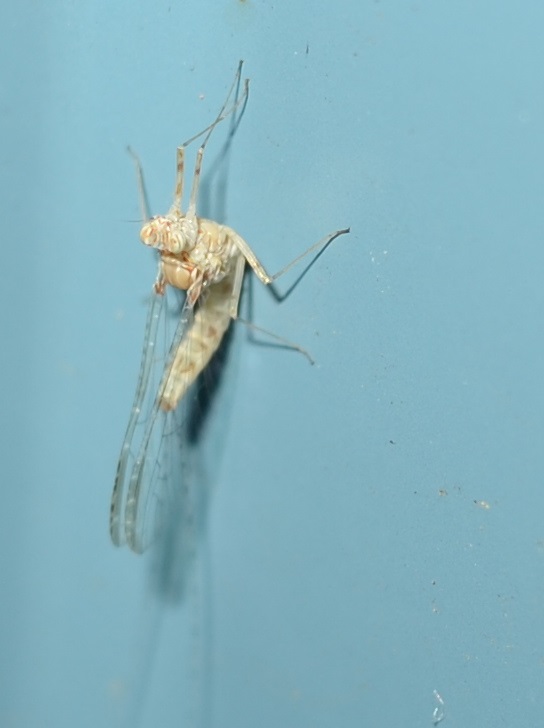
The spiders were moving fast yesterday in the late afternoon sun. But I had spotted this jumping spider, the first in quite a while, so I persisted even though half the time the sun was in my eyes. I think I got enough details to show this is one of the Phidippus genus, probably audax (the bold jumper). Look at all these aliases.
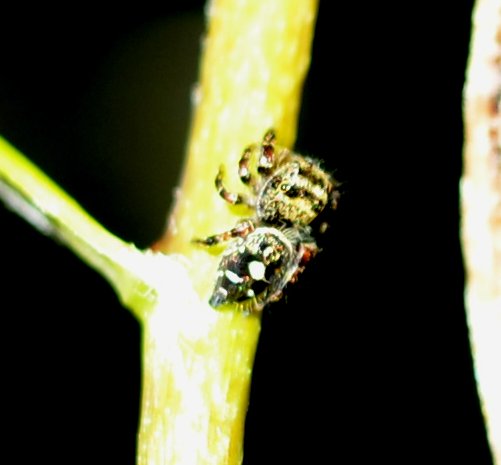
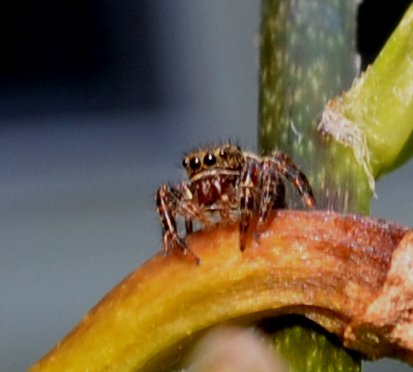
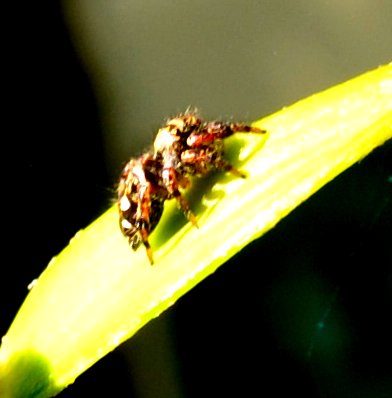
Here is another view of the cross orbweaver. And a mystery - what kind of spider is wrapping up what kind of wasp so neatly? A perfect sphere...
And how could we get through another week without our baby crab spider fix?
 8 21 15.jpg)

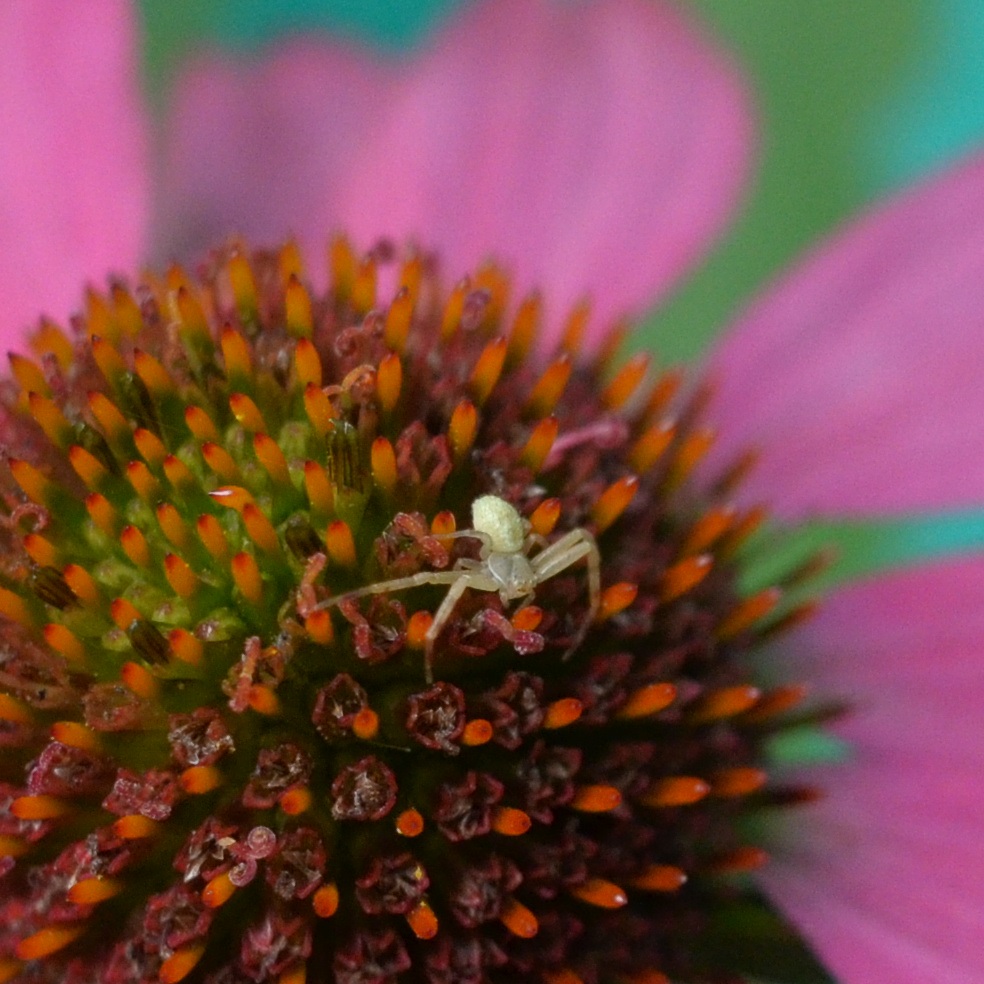 I know you wonder how I spend a rainy day? Here's a rough cut of a frame I'm making to fit this Attacus Atlas moth (which I caught in Java via E-Bay). It will have acetate windows on either side so that one can see both sides of the moth.
I know you wonder how I spend a rainy day? Here's a rough cut of a frame I'm making to fit this Attacus Atlas moth (which I caught in Java via E-Bay). It will have acetate windows on either side so that one can see both sides of the moth.
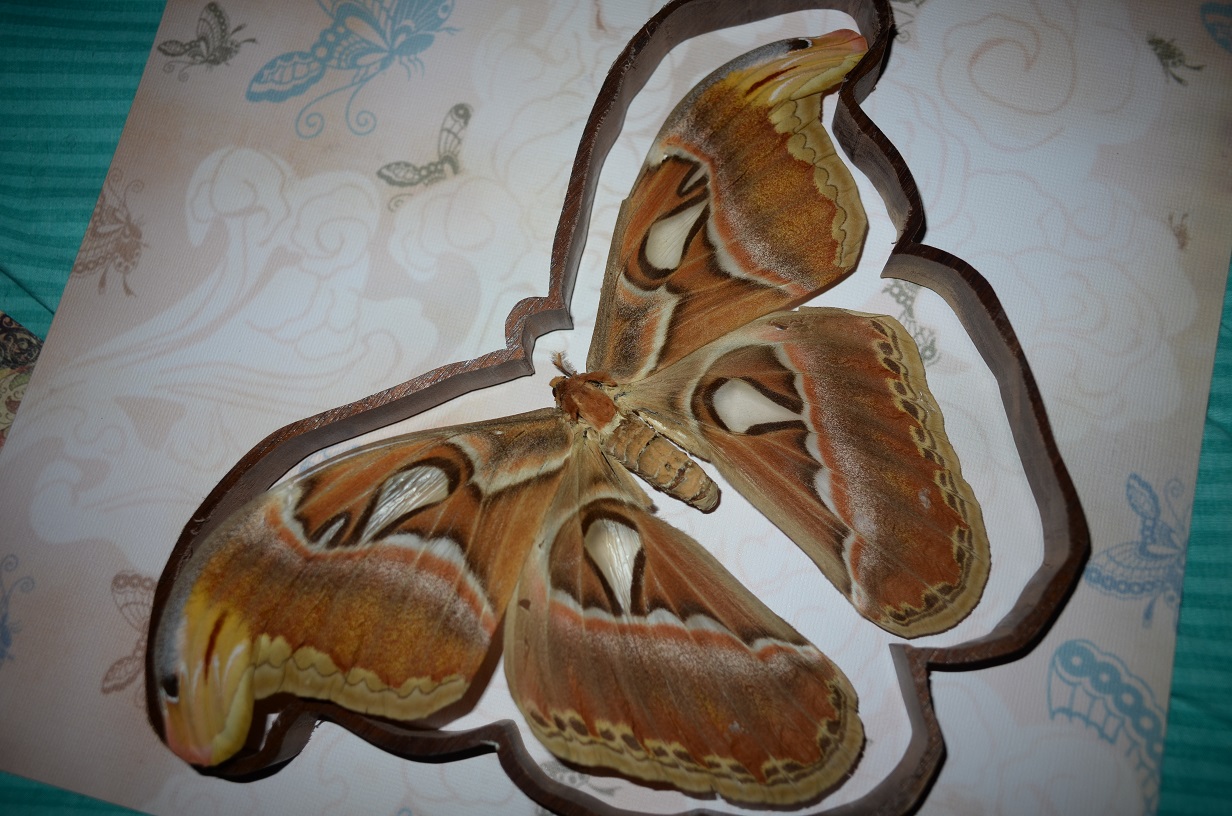
It seems that that was a fair representation of all the stuff I saw around here last week. Believe me, as soon as I hit the save button, I will be hitting the door to get out there and see what has come for your next visit. Please keep showing up - all the wildlife is indeed very tiny. Even though yesterday a buzzing wasp tried to convince me that it was ITS territory, most of the time if you move slowly (or not at all) you will blend into the background as not being worthy of notice. Probably when the aliens come to educate us, we won't notice them either.
Back to August 16
On to August 30
Back to 2015 menu
Back to main menu
copyright Martha O'Kennon 2015









































 8 21 15.jpg)


